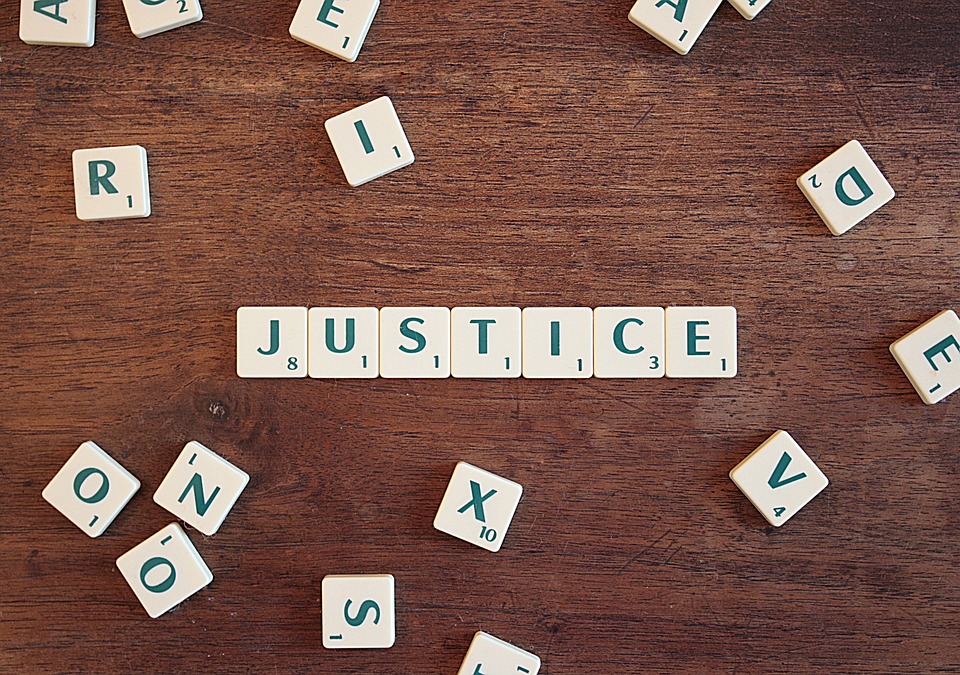
Unveiling the Struggles: Examining the Ongoing Fight for Civil Rights
Unveiling the Struggles: Examining the Ongoing Fight for Civil Rights
Introduction:
The ongoing fight for civil rights has been a long and arduous journey, filled with triumphs and setbacks. In this blog article, we will delve into the struggles faced by various marginalized communities and explore the efforts made to secure their rights. From racial equality to gender equity, the battle for civil rights encompasses a wide range of issues that continue to shape our society. Join us as we uncover the challenges faced and the progress achieved in this enduring fight.
Subheading: The Historical Background of Civil Rights Movements
Throughout history, numerous civil rights movements have emerged to challenge systemic oppression and discrimination. From the African American civil rights movement in the 1950s and 1960s to the ongoing fight for LGBTQ+ rights, these movements have paved the way for progress and social change. They have shed light on the struggles faced by marginalized communities and sparked conversations that have influenced legislation, societal norms, and cultural attitudes.
Examining the Struggles Faced by Marginalized Communities:
1. Racial Equality:
Racial inequality remains a significant issue in many societies worldwide. People of color continue to face discrimination in various forms, including systemic racism, police brutality, and unequal access to resources and opportunities. The fight for racial equality seeks to dismantle these barriers and promote inclusivity and equal treatment for all individuals, regardless of their racial or ethnic background.
2. Gender Equity:
The struggle for gender equity has gained momentum in recent decades, as women and gender minorities fight for equal opportunities, reproductive rights, and an end to gender-based violence. The ongoing battle against sexism and gender discrimination challenges societal norms and aims to create a more equitable and inclusive society where everyone has the same rights and opportunities.
3. LGBTQ+ Rights:
The fight for LGBTQ+ rights has made significant strides in recent years, with the decriminalization of homosexuality, the recognition of same-sex marriage, and increased visibility and acceptance of the LGBTQ+ community. However, challenges persist, including discrimination, violence, and the denial of basic rights in many parts of the world. The ongoing struggle seeks to secure equal rights and protections for all individuals, regardless of their sexual orientation or gender identity.
4. Disability Rights:
People with disabilities continue to face numerous challenges in their fight for equal rights and inclusion. Accessibility barriers, discrimination in employment and education, and limited access to healthcare are just a few of the obstacles they encounter. The ongoing battle for disability rights aims to break down these barriers and ensure equal opportunities and full participation for individuals with disabilities in all aspects of life.
5. Indigenous Rights:
Indigenous communities around the world have endured centuries of colonization, forced assimilation, and the violation of their rights. The fight for indigenous rights seeks to address historical and ongoing injustices, protect indigenous cultures and lands, and ensure self-determination and autonomy for indigenous peoples.
The Progress Made and the Work Ahead:
While significant progress has been made in the fight for civil rights, it is crucial to acknowledge that the struggle is far from over. Legislation and policy changes have brought about positive change, but societal attitudes and systemic biases still persist. Achieving true equality and justice requires ongoing efforts from individuals, communities, and governments alike.
FAQs:
1. What is the significance of civil rights movements?
Civil rights movements are vital for addressing systemic oppression and discrimination against marginalized communities. They aim to secure equal rights, challenge societal norms, and foster social change.
2. How can individuals contribute to the ongoing fight for civil rights?
Individuals can contribute to the fight for civil rights by educating themselves and others, advocating for change, supporting organizations and initiatives working towards equality, and actively challenging discriminatory behaviors and practices.
3. Are civil rights movements only limited to specific regions or communities?
No, civil rights movements can emerge in any region or community where marginalized groups face discrimination and inequality. They are a global phenomenon, transcending borders and cultures.
4. What role does legislation play in the fight for civil rights?
Legislation plays a crucial role in protecting and advancing civil rights. It helps establish legal frameworks that promote equality, prohibit discrimination, and ensure the rights of marginalized communities are upheld.
External Links:
For further reading on the ongoing fight for civil rights, you may find the following resources helpful:
1. [Link to external article on civil rights movements](insert link here)
2. [Link to external article on civil rights achievements](insert link here)
Conclusion:
The ongoing fight for civil rights encompasses a wide range of struggles faced by marginalized communities worldwide. From racial equality to gender equity, LGBTQ+ rights to disability rights, the battle for civil rights is multifaceted and ever-evolving. Despite the progress made, there is still much work to be done to achieve true equality and justice for all. By acknowledging the struggles faced and actively working towards change, we can contribute to a more inclusive and equitable society.
